No products in the cart.
Return To Shop
Whatsapp +1 (650) 437-5747
info@redboxreptiles.com
redboxreptiles667
30% off for Bitcoin Payment $1000+
Free standard shipping on orders $500+
Indonesian Blue-tongued skinks
$350.00
70 people are viewing this product right now
Category: Skinks
Estimated delivery:2 days Indonesian Blue-tongued skinks are fairly large lizards, reaching 18 to 20 inches in length. They have long, solid bodies, triangular-shaped heads and comparatively small legs. The tail is slightly shorter than the length of the body and tapers to a point. There are several species of blue-tongued skinks inhabiting Australia and Indonesia, which all differ slightly in appearance. Indonesian blue-tongued skinks vary in color among individuals but are generally grey or pale brown with irregular dark brown or black bands across the back and tail. Their legs are mostly black with small specks of white. They are also equipped with a blue tongue
How do they behave?
Indonesian blue-tongued skinks live in arid grasslands and dry sclerophyll forests. Their short legs do not allow them to climb easily, so they spend the vast majority of their time on the ground hiding in the brush or in shallow burrows carved by their shovel-like snouts. They are diurnal (active during the daytime) and they generally find cover to rest under at night. Even though skinks have very sturdy, solid tails, they can release them like some other lizard species. This is used as a defense mechanism when necessary. Their tails will heal over, sometimes growing back, but never reform exactly like the original. Blue-tongued skinks may also display their blue tongue when threatened.
What do they eat?
Blue-tongued skinks are omnivorous, eating both animal and plant matter. In the wild, they eat fruit, insects, mollusks and carrion. At Happy Hollow, they are fed fruits, vegetables and insects.
How are they born?
Unlike most reptile species, these skinks do not lay eggs. Instead they are ovoviviparous, meaning they give birth to live young encased in membranous sacs. Mating occurs in the spring months. Gestation lasts three to four months and results in five to 15 young. Neonates are able to feed on their own after birth and are reared quickly.
Conservation
The conservation status of Indonesian blue-tongued skinks has not been evaluated by the International Union for Conservation of Nature . However excessively catching wild skinks for the pet trade could lead to a threatened status. Wild-caught animals will often refuse to eat in captivity and can carry parasites. Poor conditions of importation often lead to stressed and aggressive animals. If you would like to help Indonesian blue-tongued skinks, do not support the illegal pet trade by purchasing wild-caught skinks. Make sure potential pets are captive-bred in the United States rather than being imported from Indonesia. If you are considering a skink as a pet, make sure to do your research and consider adopting from your local animal shelter or reptile rescue group.
Only logged in customers who have purchased this product may leave a review.
Hypo Monkey Tail Skink
$5,900.00
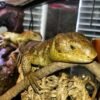

Hypo Monkey Tail Skink
$980.00 – $3,999.00
Related products
Copyright © 2024 REDBOX REPTILES.


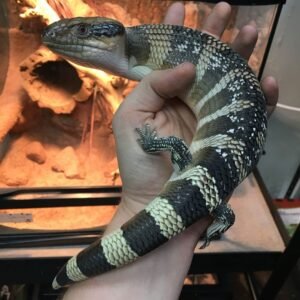
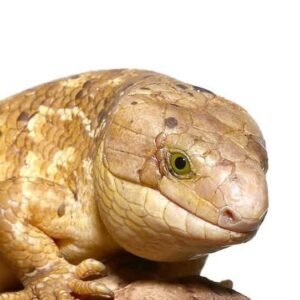
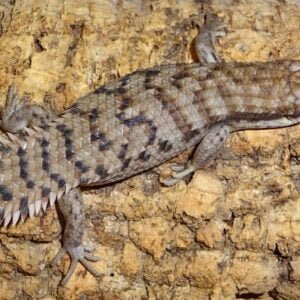
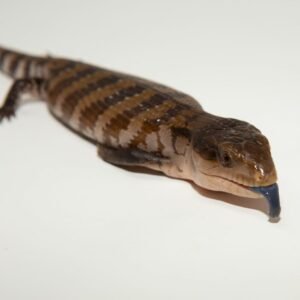
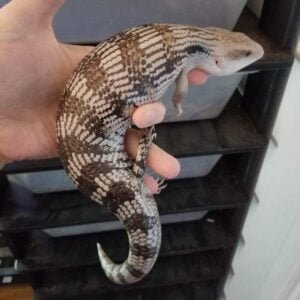

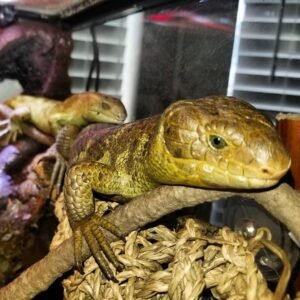
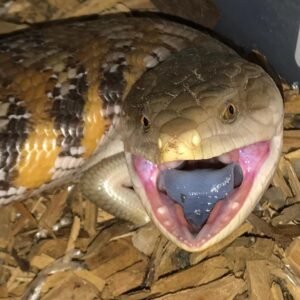
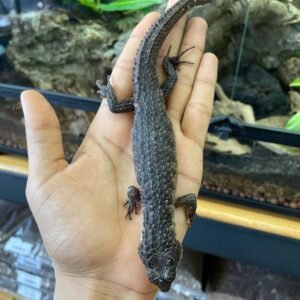
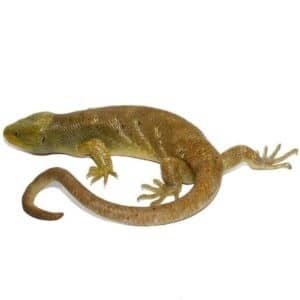

Reviews
There are no reviews yet.